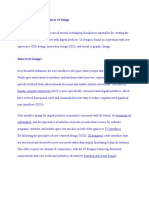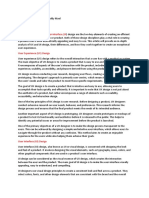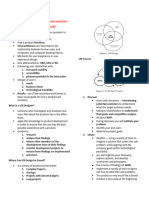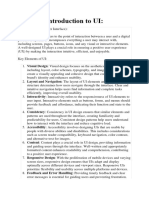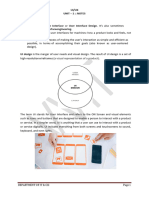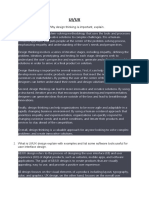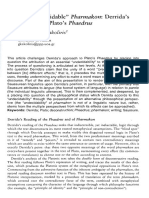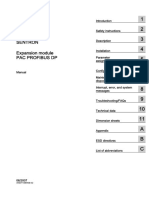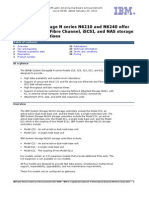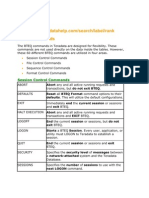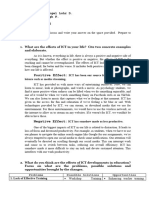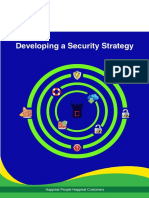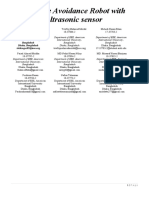Ok this is the section where things really start to get interesting.
Our ideas spring into
life before our very eyes, as if by magic transformed from the frog into the prince.
Powerful visual design cannot be underestimated. The famous designer Dieter Rams of
the Braun company puts it nicely “Good design is making something intelligible and
memorable. Great design is making something memorable and meaningful.”
User Interface Design (UI for short) in essence is designing visual interfaces for
machines and software that like Dieter put so eloquently are memorable and
meaningful.
Once the wireframes have been handed over the UI designer can start adding in
emotion using breathtaking images, vibrant colours and exciting fonts for example. A UI
designer will use tools such as Sketch to create rich designs that are as realistic as
possible, here is where all conversations about visual identity happen.
In the digital industry there are many companies where a designer will perform both
roles, but there are also many designers who are a specialist in this area.
A UI designer will normally have a background in an art subject like graphic design,
some experience in a visual design field and be best placed to make detailed decisions
on important visual aspects of the project.
A great UI design can make or break a great wireframe. If the imagery is not right or the
style does not match the content then the website will not be as effective. UX and UI
need to work in sync. A choice of colour on a button can sometimes double click
through rate. Imagine being able to double your customers by changing a single colour!
A powerful image choice can dramatically increase emotion and create a feeling of
connection with your audience. When paired together properly they can supercharge
your business or product.
Increasingly over the past few years, especially in large companies design languages
are becoming more and more popular and consistent UI is being recognised as vital to
customers perceptions of the brand. A design language is a universal set of standards,
usually stored on an internal website, where visual elements such as typography, icons,
colour schemes and many more can be referenced by the different designers
throughout the business sp.
Believe it or not many large organisations with several products still have vastly different
visual identities spread across them. Even the same website can differ dramatically
from section to section. A UI design language is at the heart of bringing consistency to
this chaos. This will not only benefit the business, but customers will feel at ease with
this visual consistency.
With a design language in place for 80% of the design UI designers are now free to
focus on every last detail. Time is now spent on things that really matter to customers
�that in the past have been neglected. Small design elements can be added to increase
understanding and animations hint to expected behaviours. The whole experience has a
precision that dramatically increases the overall customer experience.
UI design is also providing vital help to a wide range of users. Millions of people have
disabilities that affect them online and it’s essential that the web provide equal
opportunities and access. By really crafting the digital products we create and take the
time to provide accessibility features such as larger fonts, accessible colours and
enabling high contrast mode we can really add value to people's lives using design.
It’s vital that UX and UI both work together. They are 2 sides of a whole which is the
user centered design process. This is the formula on which a great digital experience is
based. If you follow the process and complete the tasks along the way you will
guarantee to produce a brilliant product that puts the user is at the heart of what you
create. This is what we will discuss in the next lecture, see you there.





